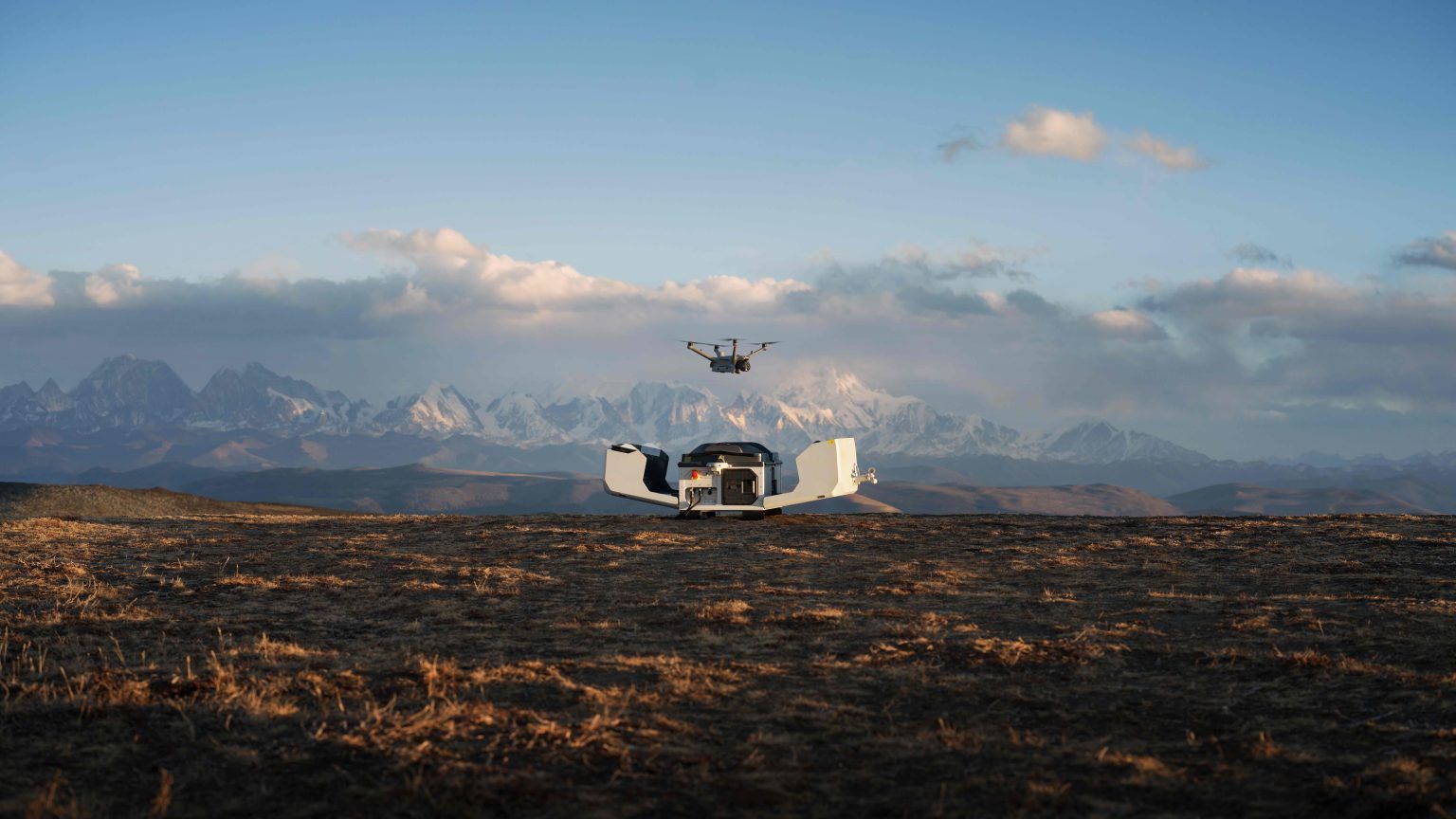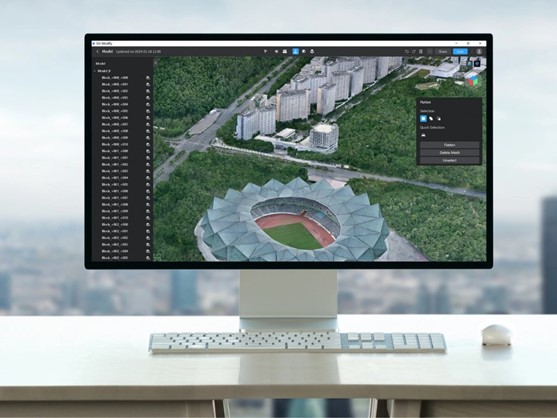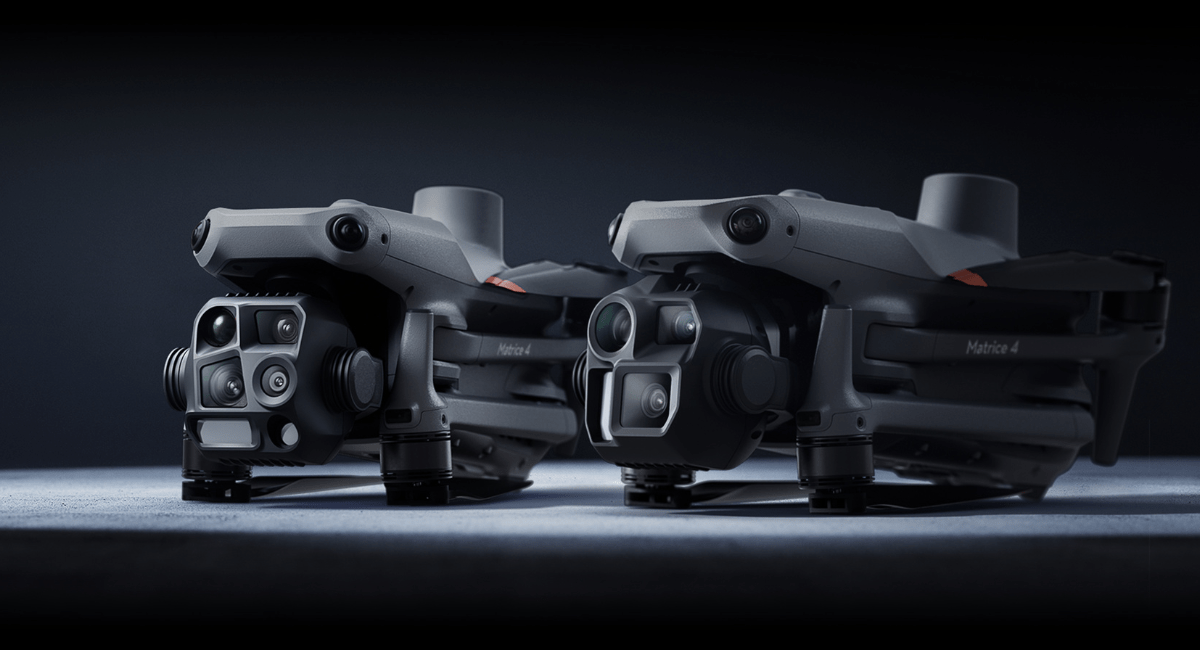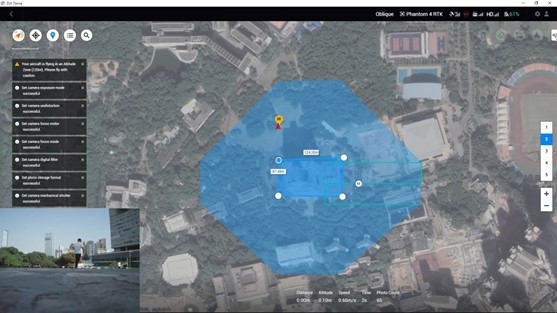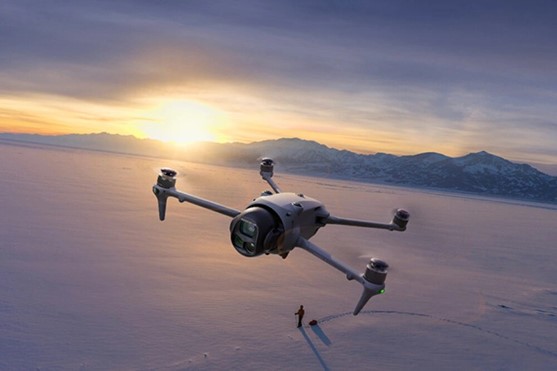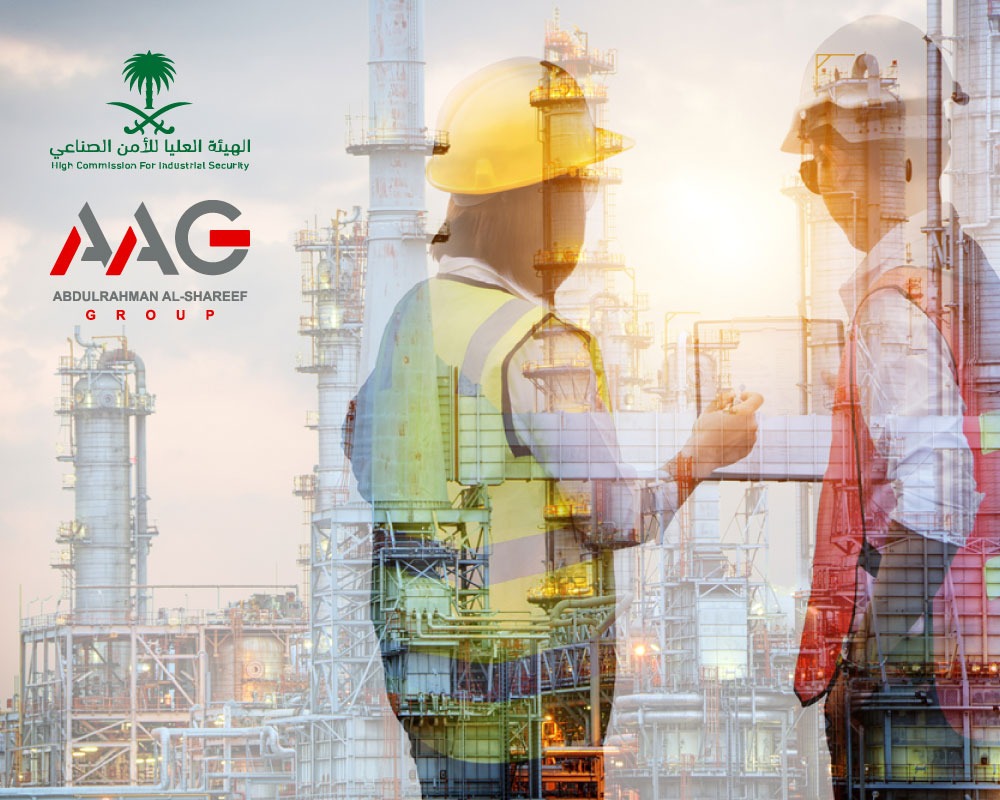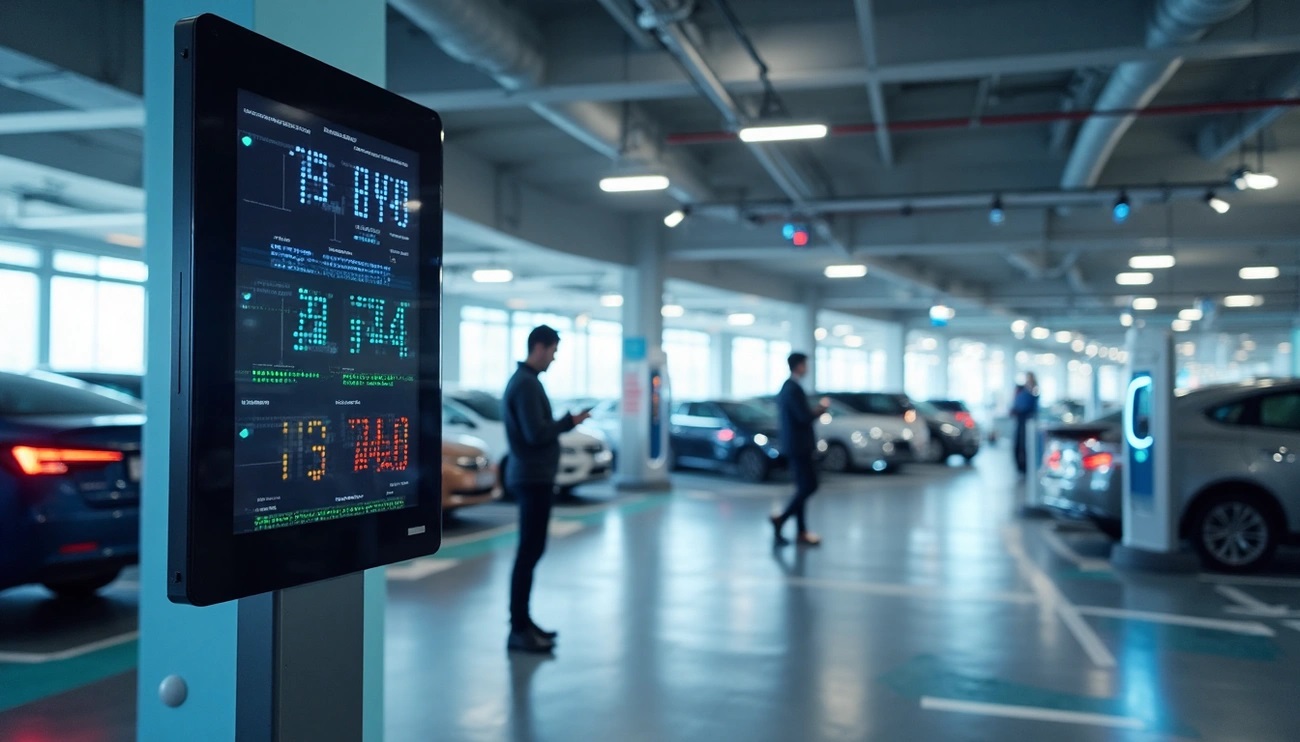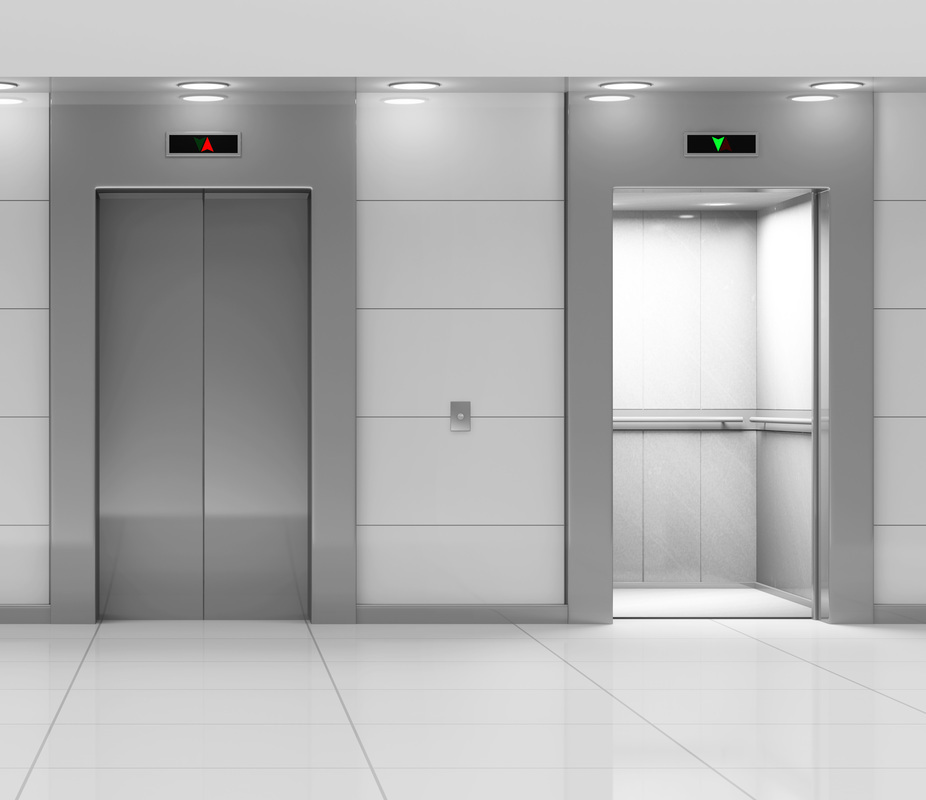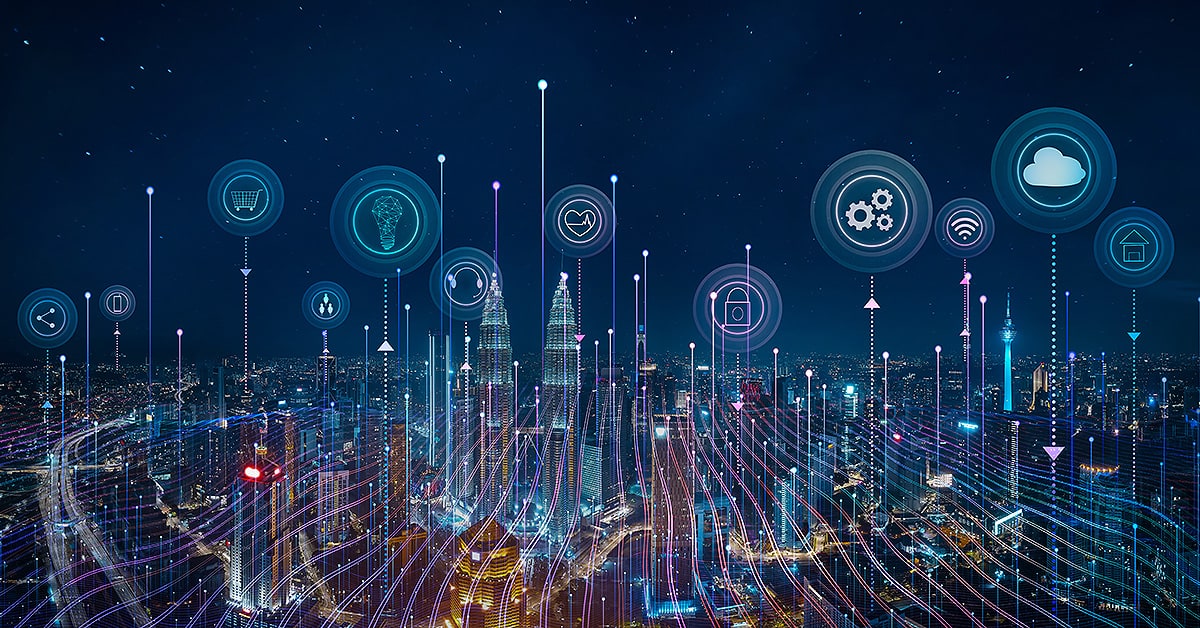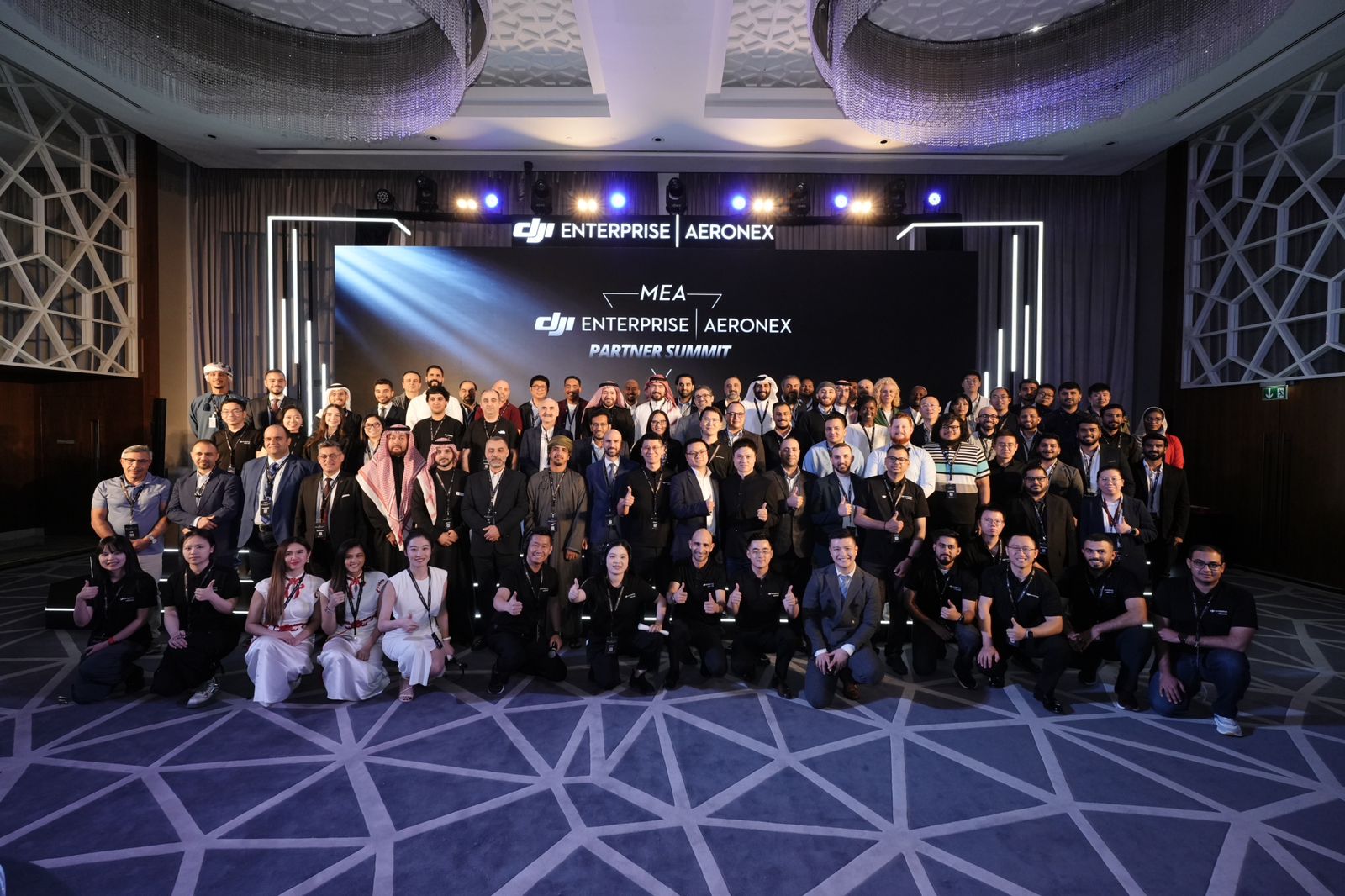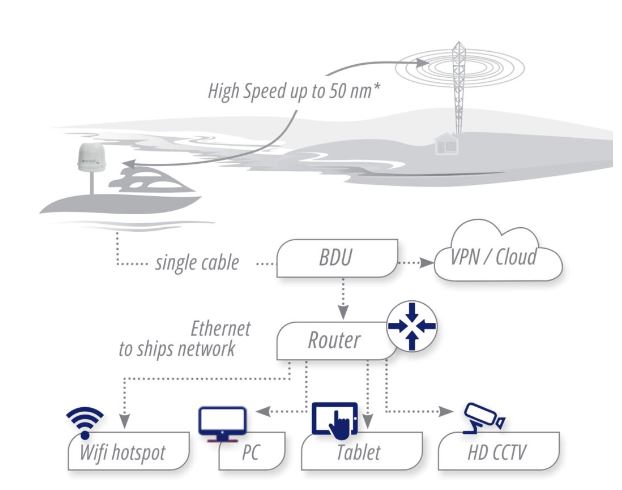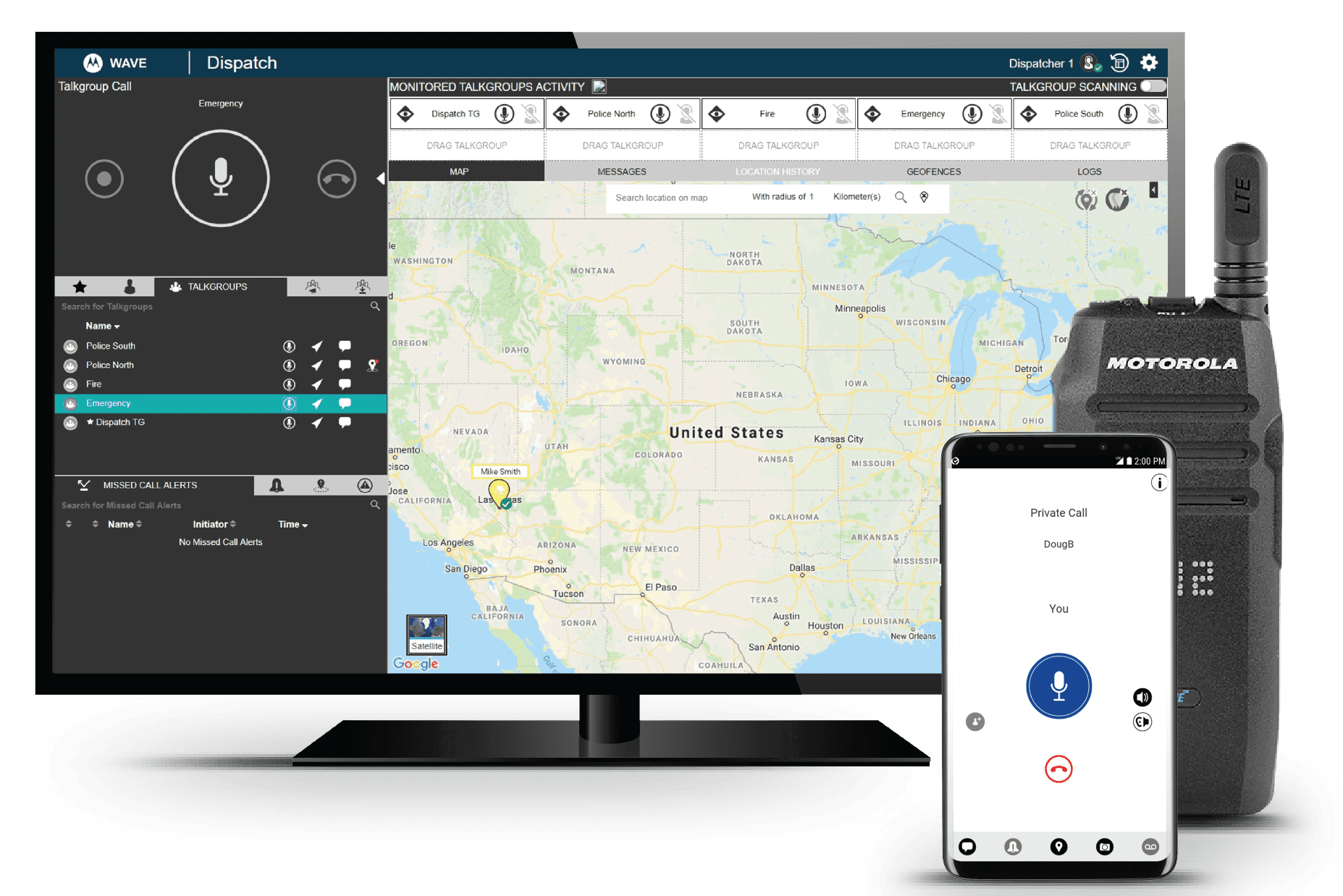Smart building management systems are changing how we tackle urban density challenges in commercial, industrial, and residential properties. Cities are getting more crowded, and building managers need to optimize operations while keeping efficiency and comfort in mind. The Internet of Things (IoT) has changed everything by creating solutions that seemed impossible ten years ago.
Building managers can now access two-way live data from IoT sensors, gateways, and control systems to track environmental conditions, energy usage, security protocols, and hardware infrastructure better. On top of that, these systems can send more than 45 different types of alerts, which helps teams respond quickly and fix issues before they happen – all without being physically present. This feature proves especially valuable in Saudi Arabian cities like Riyadh, Jeddah, Makkah, and Dammam, where better building management directly supports eco-friendly initiatives. Smart building energy systems also let managers adjust power consumption based on live data remotely. This reduces waste and optimizes energy use – a crucial element for sustainable urban growth in the region.
Smart Building Systems for High-Density Urban Environments
Smart cities just need intelligent infrastructure to work well. Modern building management systems blend interconnected technologies that solve unique problems in crowded city environments.
IoT Integration in Multi-Tenant Buildings
IoT integration in multi-tenant properties needs careful planning to prevent network issues. Building operators should cooperate with service providers before adding devices to ensure proper infrastructure setup. Each IoT device comes with specific requirements that need assessment for network compatibility. AI tools paired with sensor networks create the foundation of these intelligent systems. Building owners can now make use of information from real-time and predictive data.
Network isolation plays a key role in successful implementation. Smart buildings run automated processes to manage heating, ventilation, lighting, and security. This creates an ecosystem that works at its best. Student housing and build-to-rent developments face configuration challenges that could affect the wider network.
Space Optimization through Real-Time Occupancy Data
Up-to-the-minute occupancy tracking revolutionizes space management in packed urban areas. Research shows office spaces sit empty 30-40% of the time. Organizations waste resources on unused spaces. New occupancy sensors work with 95% accuracy in counting people and 97% accuracy in tracking movement.
Modern sensors use computer vision to tell humans apart from objects. They track both active and passive occupancy. Passive occupancy makes up half of all space use but often goes unnoticed. Facility managers can use this data to:
- Find unused areas to repurpose
- Set up hot desking and flexible seating
- Cut energy costs by running systems based on actual use
Want help setting up these solutions? Talk to Alshareef Group about automating your building. Let’s build the future now.
Energy Efficiency and Sustainability in Smart Buildings
Buildings consume 40% of global energy and leave a huge carbon footprint. Smart management of energy becomes crucial for sustainability and lower operational costs as cities become more crowded.
Smart Building Energy Management System Integration
Energy management systems serve as the brain of smart buildings by connecting mechanical and electrical infrastructure through digital technologies. Modern systems like ABB Ability™ Energy and Asset Manager give complete visibility of asset behavior through cloud-based solutions. These platforms collect data that can lower operational and energy costs by up to 25% when analyzed properly.
The integration process requires sensors, controllers, and actuators that communicate with a central system. These components track temperature, humidity, ventilation, and room occupancy levels. Automated control helps these systems regulate heating, lighting, and other energy-consuming equipment in buildings or entire complexes. AI and machine learning technologies help the system adjust over time and make smarter decisions about resource allocation.
Real-Time Sub-Metering for HVAC and Lighting
Sub-metering offers detailed explanations beyond traditional utility billing meters. Building managers can track energy consumption patterns precisely by installing separate meters for HVAC, indoor/outdoor lighting, and other systems. This approach follows the principle that “one cannot manage what they cannot measure”.
Sub-metering offers these advantages:
- Precise measurement of power quality and peak needs
- Knowing how to review individual building performance
- Better decisions based on live data
- Accurate tenant billing based on actual consumption
Energy Optimization in High-Rise Residential Towers
High-rise buildings in hot climates like Saudi Arabia face unique energy challenges. UAE studies show building cooling systems use about 80% of building energy. Building facades play a critical role in energy efficiency.
Double Skin Façade implementation in residential high-rises showed AC energy consumption reductions of up to 20% compared to traditional facades. Multi-story DSF designs with 35 cm cavities between glass layers proved particularly effective for thermal performance.
Let Alshareef Group help automate your building. Together we can build tomorrow today.
Conclusion
Smart building management systems are changing how we handle the growing challenges of urban density in Saudi Arabia and beyond. This piece explores how IoT integration makes immediate data collection and analysis possible, which gives unprecedented control over building operations. Space optimization through occupancy monitoring solves the inefficiencies of traditional building usage. Advanced sensors can track movements with up to 97% accuracy.
Energy efficiency is the most important benefit for Saudi Arabian cities that face unique climate challenges. Double Skin Façade implementations cut AC energy consumption by up to 20%. This directly helps with cooling systems that use 80% of building energy in hot climates.
Urban development’s future depends on these intelligent systems that save resources and make occupants more comfortable. Population density keeps rising in Riyadh, Jeddah, Makkah, and Dammam. Smart building technologies will help create green, efficient urban environments. Alshareef Group can help automate your building. The future starts now.





